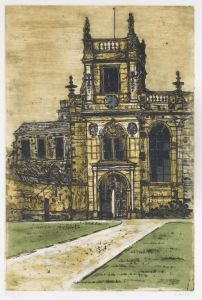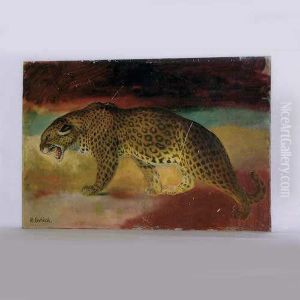Richard Beard Paintings
Richard Beard was an influential figure in the early history of photography in Britain, emerging as a pivotal pioneer particularly in the popularization and commercialization of the daguerreotype process. Born in 1801 in East Stonehouse, Devon, England, Beard initially embarked on a career far removed from the world of photography, engaging in various entrepreneurial ventures. However, his life took a significant turn when he encountered the daguerreotype process, invented by Louis Daguerre in France in 1839, which was the first practicable method of obtaining permanent images with a camera.
Beard's foray into photography began in earnest in 1841 when he acquired the British patent for the daguerreotype process from its inventors, Louis Daguerre and Isidore Niépce. Recognizing the potential for commercial success, Beard opened the first daguerreotype studio in England on the roof of the Royal Polytechnic Institution in London. This was a groundbreaking venture, marking the first time that portraits could be made relatively quickly and made available to the general public, a stark contrast to the lengthy sitting times and expense associated with traditional painted portraits.
Throughout the 1840s, Beard continued to innovate and expand his business. He was instrumental in improving the daguerreotype process, reducing exposure times, and enhancing image clarity, which further increased the popularity of this new form of portraiture. Beard's entrepreneurial spirit led him to open additional studios and engage in legal battles to enforce his patent rights, a testament to the fiercely competitive nature of early photography. Despite facing challenges, including legal disputes and the eventual decline of the daguerreotype in favor of newer photographic processes, Beard's contributions to the field of photography were significant.
Richard Beard's legacy in the history of photography is marked by his role in popularizing the daguerreotype process and making photographic portraits accessible to a broad audience. His efforts in establishing photography as a commercial enterprise paved the way for future advancements in the field. Beard's death in 1885 marked the end of a life dedicated to innovation and entrepreneurship, but his impact on the development of photography as both an art and a science endures.

